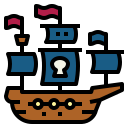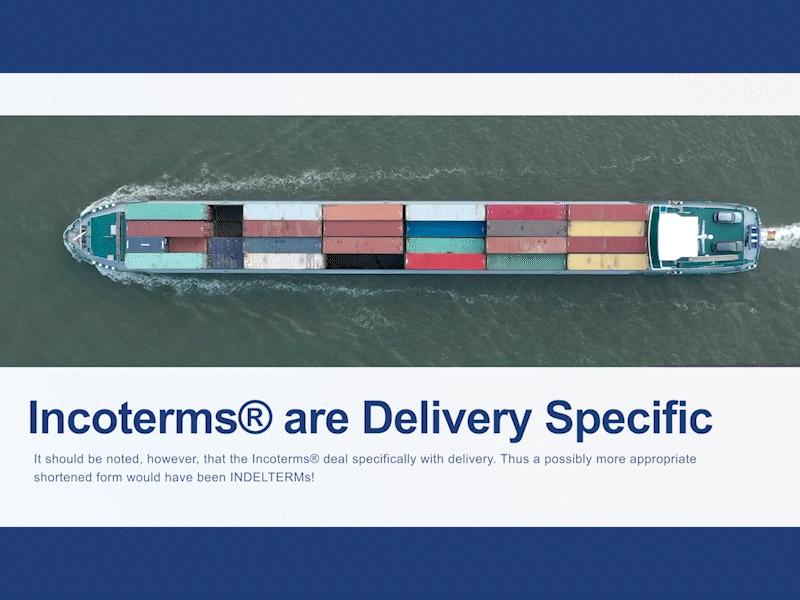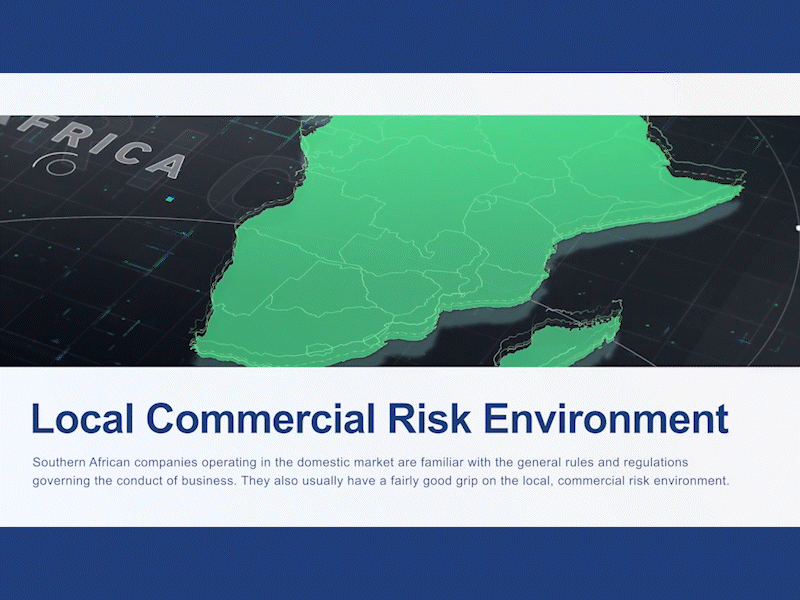Ocean transport offers an effective mode of transport when exporting your goods to a buyer in a foreign market. Ocean transport is one of the oldest forms of transportation in international trade but has evolved considerably since the times of early merchants sailing on wooden ships. Today, ocean transport utilises large, sophisticated sea vessels and shippers have several ocean transport services that they can leverage to transport their goods to their buyers. This article discusses the types of cargo transported by sea, the kinds of ocean transport services available and the sea vessels utilised to transport goods.

Types of Cargo that can be Transported by Sea Freight
Over time, ocean vessels have evolved to accommodate several forms of cargo. Today, almost all forms of cargo, be it bulk, breakbulk, or containerised can be transported by ocean transport. For example, sugar carriers are available for transporting bulk sugar, tankers for transporting bulk oil and chemicals and refrigerated vessels for carrying chilled or frozen foods. An essential innovation for transporting goods internationally has been the introduction of containerisation. Cellular vessels (specially designed container ships) now move large quantities of containers of packaged cargo from one port to another. Ultimately, the type of product you intend to export will influence the type of ocean transport service you need.
Types of Ocean Transport Services Available
The ocean transport service you use to ship your goods will either be provided by a liner vessel or tramp ship operator. A liner vessel offers a regular, scheduled service between groups of ports for breakbulk and containerised cargo. Liners are usually the property of shipping companies that organise their movements along the most profitable routes. Conference lines and independent lines operate liner vessels. A liner conference is an organisation of shipping lines which together offer their sea freight services on a given sea route on certain terms and conditions. The conference agreement will regulate ports of call, sailing schedules and freight rates on a particular sea route. Non-conference or independent lines are individual shipping lines that compete with conference lines on the same routes. Independent lines also have predetermined ports of call, sailing schedules and freight rates. In contrast, tramp ship operators offer to hire out their entire vessel and negotiate rates and routing directly with the shipper. Tramp ships do not operate according to a fixed sailing schedule and instead roam the world looking for large consignments of mainly bulk cargo.

Now that you understand the types of cargo that can be transported by sea, the ocean transport services available, and the vessels utilised when shipping goods by sea, the next logical step is to further your understanding of all the modes of transport available in the delivery of a consignment of goods. To ensure you understand all the essentials of the various modes of transport and their associated processes, Trade Forward Southern Africa, in collaboration with the International Trade Institute of Southern Africa, has created a free and comprehensive online training course that provides training on all aspects of transporting goods, including modes of transport, containers and multimodalism. Click the link below to sign up for free and get started.
To sign up to the School of Export CLICK HERE.
If you already have a profile, CLICK HERE to login to begin the module.










Leave a Reply